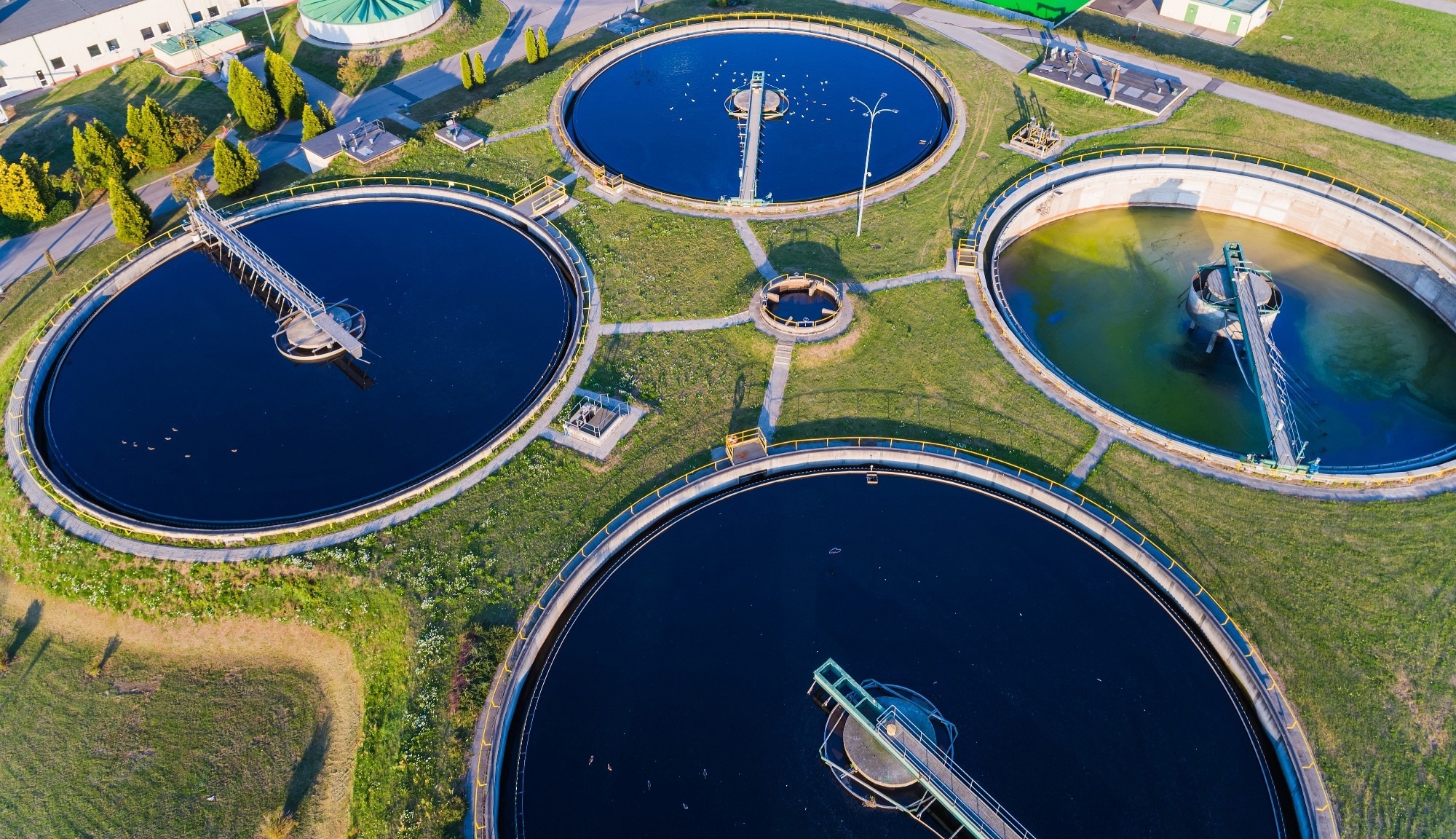Wastewater epidemiology can guide local clinical decisions on circulating viruses
The findings of a new study posted to the medRxiv* preprint server depicted that wastewater-based epidemiology (WBE) can provide information on the circulating respiratory viruses in a community. As well as saving time and money, this method may assist in appropriate clinical decision-making, behavior modification, and public health interventions.
 Study: Wastewater surveillance of human influenza, metapneumovirus, parainfluenza, respiratory syncytial virus (RSV), rhinovirus, and seasonal coronaviruses during the COVID-19 pandemic. Image Credit: Daniel Jedzura / Shutterstock
Study: Wastewater surveillance of human influenza, metapneumovirus, parainfluenza, respiratory syncytial virus (RSV), rhinovirus, and seasonal coronaviruses during the COVID-19 pandemic. Image Credit: Daniel Jedzura / Shutterstock
Background
Acute respiratory illnesses (ARIs) are a major cause of mortality and are associated with significant morbidity in children under five. ARI can be bacterial, fungal, or viral in origin, and severe symptoms are usually seen in cases with lower respiratory tract infections (LRTIs) – with complications like pneumonia and bronchiolitis. Secondary infections can result from upper respiratory tract infections (URTIs) exacerbation.
Today, most ARIs have viral etiology with severe acute respiratory syndrome coronavirus 2 (SARS-CoV-2) and seasonal human coronavirus holding prime positions as causative pathogens. Other viruses contributing to the etiopathogenesis of ARIs are – rhinovirus, influenza, human parainfluenza (HPIV), adenoviruses, respiratory syncytial virus, non-rhinovirus enteroviruses, and human bocaviruses.
Many ARIs resolve spontaneously, and their management may not necessitate diagnostic testing. This limits the recording of precise disease incidence based on the causative agent, knowledge of the circulating respiratory diseases, and understanding of the disease epidemiology, disease interference, and co-infections.
WBE can aid in gaining insights into infectious disease incidence in communities as they comprise composite biological samples with bodily excretions that harbor infectious disease markers. This mode of sample testing does not entail individual investigations or medical intervention. In addition, this method can also account for asymptomatic infections in community-level data sources.
WBE has demonstrated utility in disease surveillance and understanding community circulation of major viruses, for instance – poliovirus, Salmonella, hepatitis A, and enteroviruses. However, its widespread use has not been implemented.
The coronavirus disease 2019 (COVID-19) pandemic prompted WBE application for documenting respiratory diseases. The accuracy of this method of recording disease incidence was proven during the period of widely accessible clinical testing for COVID-19.
The study
This study tested the utility and precision of WBE in recording the incidence and community-level circulation of viral respiratory diseases.
Here, validated novel hydrolysis probe-based real-time polymerase chain reaction (RT-PCR) assays were developed to detect respiratory viral genomes. Wastewater solids that were collected three times a week were tested over 17 months during the COVID-19 pandemic. Major viral etiologies of respiratory infections were mainly tested for; vis, seasonal human coronaviruses (229E, OC43, NL63, and HKU-1), RSV A and B, influenza A and B, parainfluenza (1-4), metapneumovirus, and rhinovirus ribonucleic acid (RNA).
Results
Quality analysis showed consistent fecal strength and RNA extraction efficiency. RNAs were detected from all tested viruses in wastewater samples. Median Influenza A, influenza B, and RSV A were non-detect while viral RNA from these viruses was detected in 28%, 6%, and 14% of the samples, respectively
The median concentration for SARS-CoV-2 was 48000 cp/g, while all concentrations were lowest at study commencement in February 2021. There was an increase in viral RNA concentration until January 2022, after which it decreased dramatically.
The viral RNAs began to rise until the Omicron BA.1 wave passed, except for RSV B. High human coronavirus RNA concentrations first reemerged when concentrations of all other viruses (including SARS-CoV-2) were relatively low.
Almost all human coronavirus RNAs were of OC43––in seven of the nine samples tested––preceding April 2022. Thereafter, the OC43 RNA concentrations declined, accounting for only 20-30% of human coronavirus infections. Meanwhile, 229E and HKU-1 increased from <10% to greater than 50% and 20-30%, respectively.
Similarly, we measured RNA concentrations of each HPIV (1, 2, 3, 4A, and 4B) in samples 239 spanning the time series. RNA from all four HPIVs were present; HPIV 3 dominated most 240 samples (40-90% of total HPIVs), although each HPIV 2 and 4B also dominated in one of the 241 nine tested samples. HPIV 1 and 4A contributed the least to total HPIV present (median ><10% to >50% and 20% to 30%, respectively.
The tests detected RNAs from all four human parainfluenza viruses – with a predominance of HPIV 3. One of the tested samples also showed high HPIV 2 and 4B concentrations, while HPIV 1 and 4A had the lowest contributions.
When state-aggregated positivity rates for respiratory infections of viral etiology were tallied with the wastewater viral RNA concentrations, significant associations could be established between the two. Further, positive correlations were found for all viruses apart from influenza B.
Among the human coronaviruses, OC43 exhibited the highest positivity. While among human parainfluenza viruses, the HPIV 3 dominated in positivity rates. HPIV 2 and 4 had lower positivity rates, whereas HPIV 1 was rare in clinical specimens.
Of note, viral RNA concentrations correlated to each other and the SARS-CoV-2 N gene concentrations – from a regional monitoring program. On testing a three-day smoothed wastewater concentration, influenza B and RSV A RNAs did not correlate to other viral RNA concentrations. In addition, human coronavirus RNA concentrations did not correlate to other viral RNA concentrations.
Recording abundant circulating viruses can be useful for strategizing disease prevention and control and may help contain viral infection outbreaks. This information can also help in planning appropriate public health awareness campaigns – to encourage informed decision-making and behavior modification.
*Important notice
medRxiv publishes preliminary scientific reports that are not peer-reviewed and, therefore, should not be regarded as conclusive, guide clinical practice/health-related behavior, or treated as established information.
- Boehm, A., Hughes, B., Doung, D., et al. (2022). Wastewater surveillance of human influenza, metapneumovirus, parainfluenza, respiratory syncytial virus (RSV), rhinovirus, and seasonal coronaviruses during the COVID-19 pandemic. medRxiv* preprint. Doi: 10.1101/2022.09.22.22280218, https://www.medrxiv.org/content/10.1101/2022.09.22.22280218v1
Posted in: Medical Science News | Medical Research News | Disease/Infection News
Tags: Bronchiolitis, Children, Clinical Testing, Coronavirus, Coronavirus Disease COVID-19, Diagnostic, Epidemiology, Gene, Hepatitis, Hepatitis A, Influenza, Mortality, Omicron, Pandemic, Pneumonia, Polymerase, Polymerase Chain Reaction, Public Health, Respiratory, Respiratory Syncytial Virus, Respiratory Tract Infections, Rhinovirus, Ribonucleic Acid, RNA, RNA Extraction, Salmonella, SARS, SARS-CoV-2, Severe Acute Respiratory, Severe Acute Respiratory Syndrome, Syndrome, Virus

Written by
Nidhi Saha
I am a medical content writer and editor. My interests lie in public health awareness and medical communication. I have worked as a clinical dentist and as a consultant research writer in an Indian medical publishing house. It is my constant endeavor is to update knowledge on newer treatment modalities relating to various medical fields. I have also aided in proofreading and publication of manuscripts in accredited medical journals. I like to sketch, read and listen to music in my leisure time.
Source: Read Full Article
